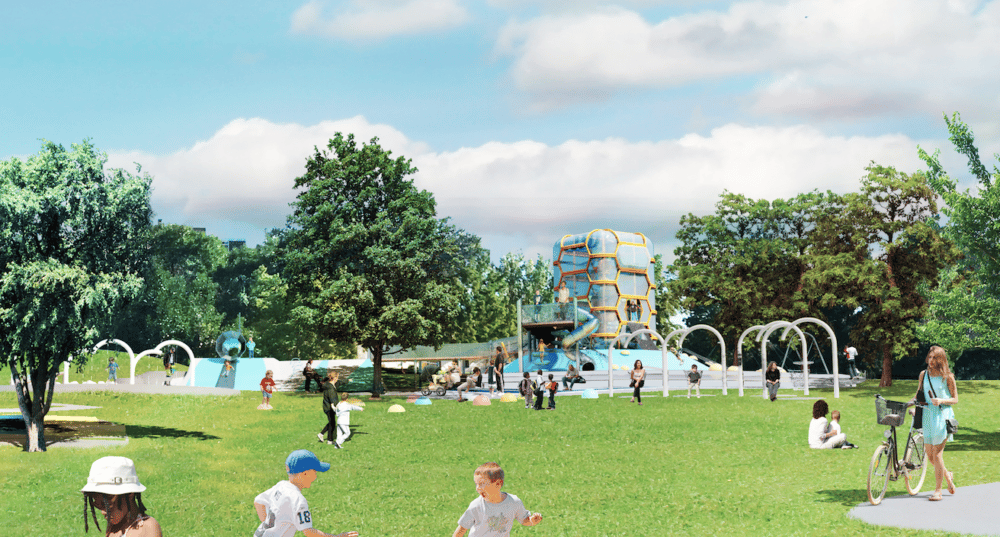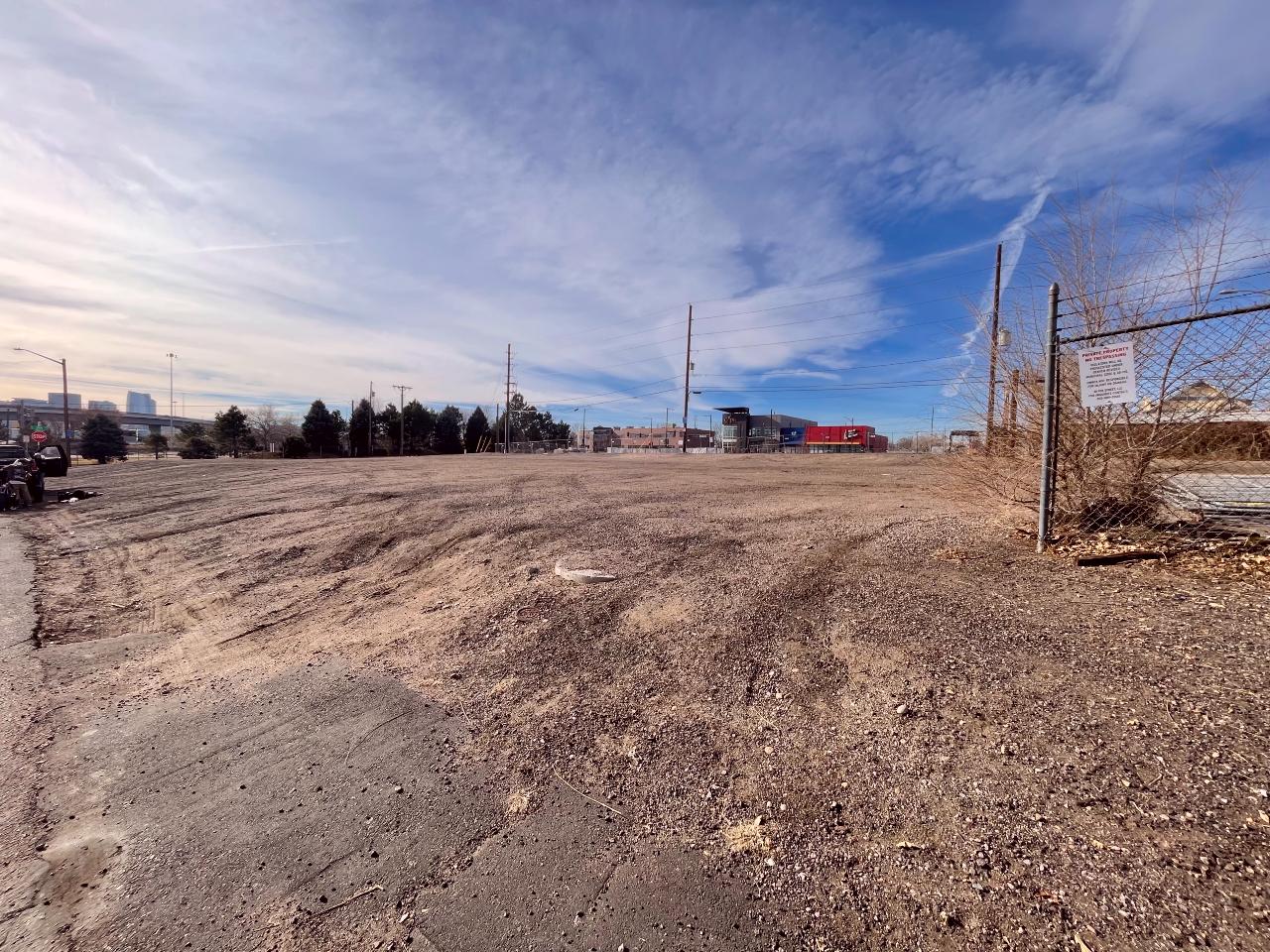
When Denver City Council members sat down this week to discuss a proposed $937 million bond program, many of them felt like it just wasn't enough money.
Denver needs new, permanent revenue streams to adequately fund parks and rec and transportation needs, they said. This bond package is the largest that Denver ever will have presented to its voters, but roughly half of it will go to deferred maintenance. Lots of projects that didn't make the cut now go into the ongoing capital improvement program budgets of city departments, while new facilities brought online will come with their own operating costs and their own maintenance needs down the road.
"I’m thrilled that our parks number went up," Councilman Jolon Clark said of additional projects added by Mayor Michael Hancock after a committee pared the project list down to $749 million earlier this summer. "I don’t need to tell anyone in this room that parks are critical to our city. While I'm thrilled that this number went up, it’s not enough. Not 'not enough in this bond,' but not enough."
Here are six things to keep in mind as the City Council finalizes its bond decision:
Where does the money to pay for these projects come from?
Denver does a major bond program every 10 years, give or take. The city borrows money and pays it back with a dedicated property tax mill levy. Because the city is retiring debt, it can bring on new debt without raising the property tax rate, but because most homeowners saw their assessments go up in recent years, the city can generate more money from that same tax rate than it did in the past. Another way of saying this is that property owners will be paying more.
Earlier this year city finance officials estimated the city could support up to $900 million in new debt, and apparently that wasn't the actual ceiling.
Voters will have to sign off on the whole thing in November.
The money might not build everything on the list.
Many of the projects in the 2007 Better Denver bonds were built during the Great Recession when contractors were desperate for work. Projects came in underbid, and it was relatively easy to deliver on the promises. Another bust may be coming, but right now, officials are warning that projects are more likely to come in overbid. If that happens, an oversight committee will make decisions about how to prioritize the spending.
There aren't a lot of details just yet about possible other revenue sources.
This isn't really part of the bond process per se, but the bond process highlighted the limitations of waiting for a once-a-decade shot at building infrastructure and the problems created by a lot of deferred maintenance. So the idea of tapping new revenue sources is coming up now.
Many communities in Colorado have dedicated sales taxes or property taxes for roads, parks, libraries and so on. In his state of the city address, Hancock said the city needs to invest $2 billion in transportation infrastructure over 12 years. About half of the money will come from the bond and the annual budget allocation. The rest will require a new revenue source. He said he's considering everything except a new property tax to pay for it. So that could be a sales tax or downtown parking fees or something else entirely.
Denver has untapped property tax potential that wouldn't necessarily require going to the voters -- the city is using it to pay for a portion of its affordable housing fund, for example. Increased sales taxes would require a vote of the people, while new fees would not.
In an interview, Clark said a sales tax would be the most obvious source, but he's open to all ideas.
Expect this discussion to stretch into 2018.
Money that goes to one project is money that isn't available for other projects.
City Council members combed over the list, asking why this police station and not that one, why this amount for sidewalks and that amount for parks.
"Help me understand why that money is so chopped down," Councilman Paul Kashmann said about the $30.7 million for sidewalk construction, down from an original $49 million. "It’s great that we’re doing playgrounds. God bless ‘em. The choices we are making here are Sophie’s Choice-type choices. … But help me understand this."
And Councilman Chris Herndon asked city staff members to determine the absolute most amount of money that Denver could borrow without raising the property tax levy that funds debt service. He wants to know if he can fit something in without making that hard choice.
There are, of course, political considerations in what gets funded.
The project list includes $64 million for projects in Globeville and Elyria-Swansea, long-neglected neighborhoods in north Denver where residents wonder what they'll get out of the massive investment in the National Western Complex. It also includes a Westwood Recreation Center that residents of that neighborhood fought hard for with the support of Councilman Paul Lopez.
With these types of projects, backers of the bond can say they're following through on obligations that were overlooked in past years. (Which is not to say they're not also the right thing to do.)
Cultural institutions like the Denver Art Museum, the Denver Zoo and the Denver Botanic Gardens have a bit of a defense against cuts to their requests because decision-makers expect their boards and volunteers to be active in campaigning and raising money to pass the bond.
Councilman Rafael Espinoza said he's going to ask for an amendment to reduce funding for the art museum's north building renovation and instead put those dollars into community projects. He calls this "admittedly a third rail."
"In the next 10 years, if a welcome center is not built a the Denver Art Museum, the Denver Art Museum still thrives, whereas $20 million worth of projects in communities have more signficant impact," he said.
And then there is the issue of sticker shock. Including more projects gives more voters a reason to say yes, but the larger the number gets, the more risk there is that voters could balk at the total price tag.
Money for homeless shelters didn't make the final cut.
All in Denver, an advocacy group made up of people who work in community development, housing, education and the arts, made a pitch earlier this year that the 2017 GO Bond should treat housing like infrastructure. Hancock didn't agree with that approach, but until a fairly late stage, the project list included money for homeless shelters. That money is not in the package that went to City Council. Councilwoman At-large Debbie Ortega called that "unfortunate," and that may not be the last word.
Next steps:
Denver City Council meets as a committee of the whole at 2:30 p.m. Monday, July 24, to continue their discussion of the bond package.
Denver City Council holds a first reading and public hearing on the bond package at its Aug. 7 meeting. The meeting starts at 5:30 p.m. This is the public's last big chance to influence the final project list.
Denver City Council holds a second reading on the bond package Aug. 14. This vote will determine the package that goes to voters in November.
You can read the full project list and get more information here.











